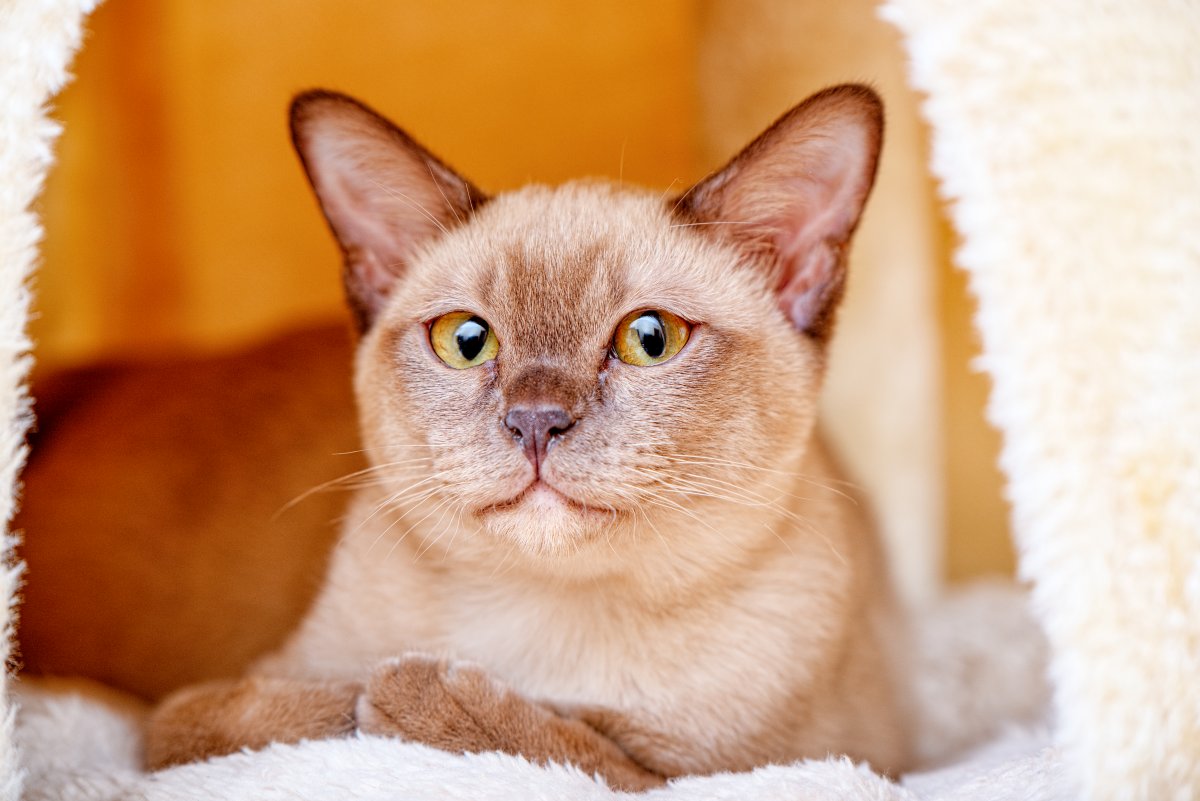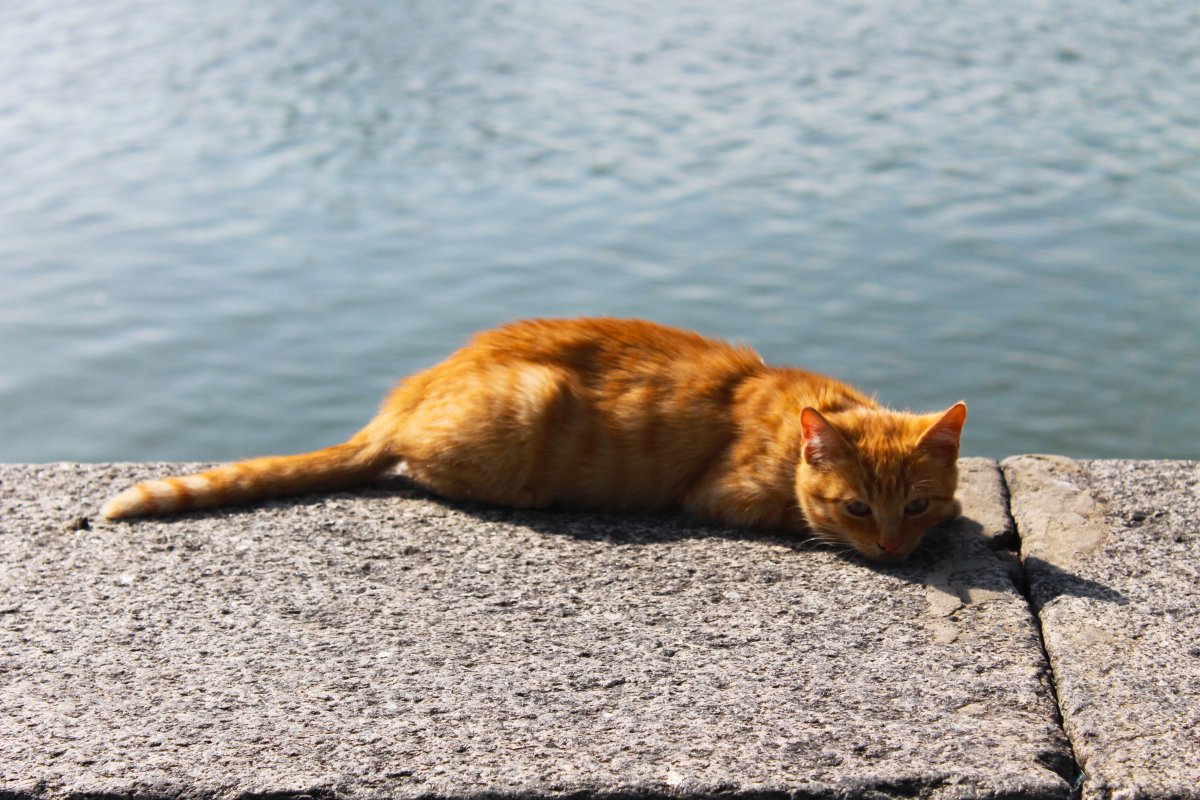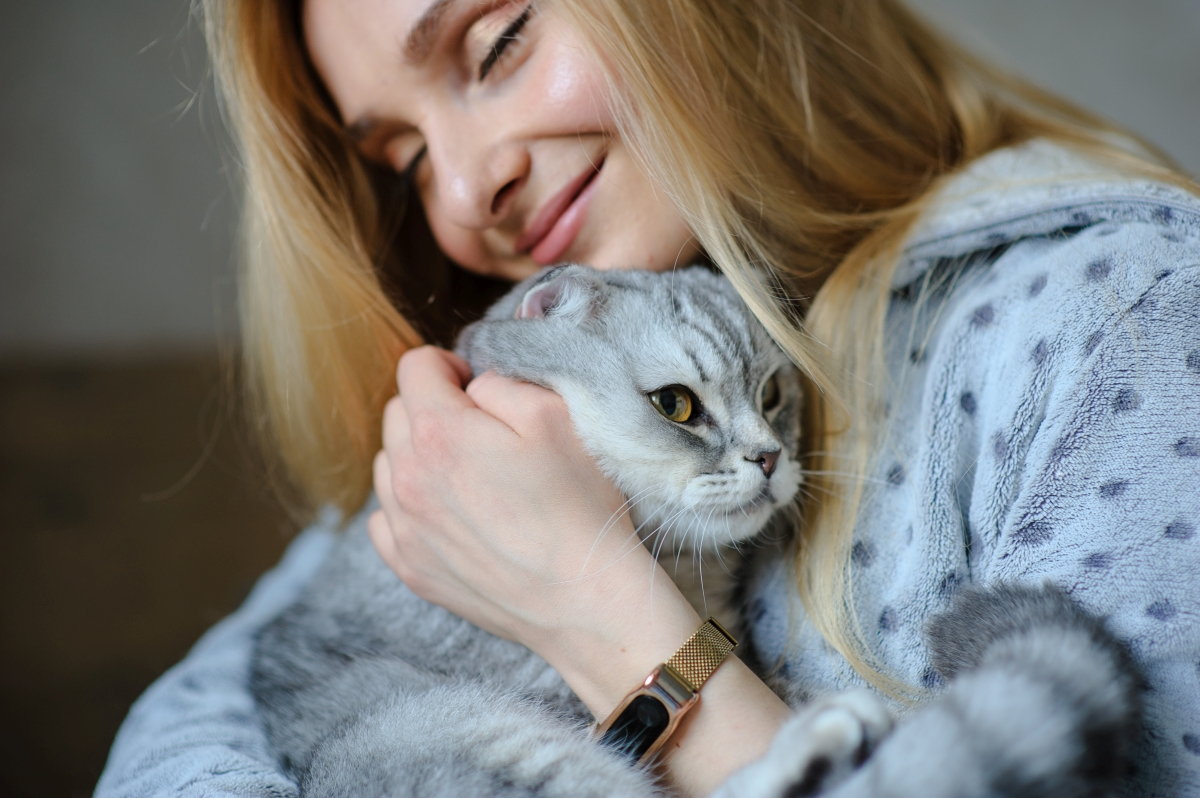Do you want to buy a cat but are afraid you might be allergic? Well, worry not for the Burmese cat is an ideal pet for all those want-to-be cat owners who are scared of developing allergic reactions to felines. These low-maintenance cats make for great pets with a docile nature while posing a minimum risk of allergy.
What are Burmese cats like?
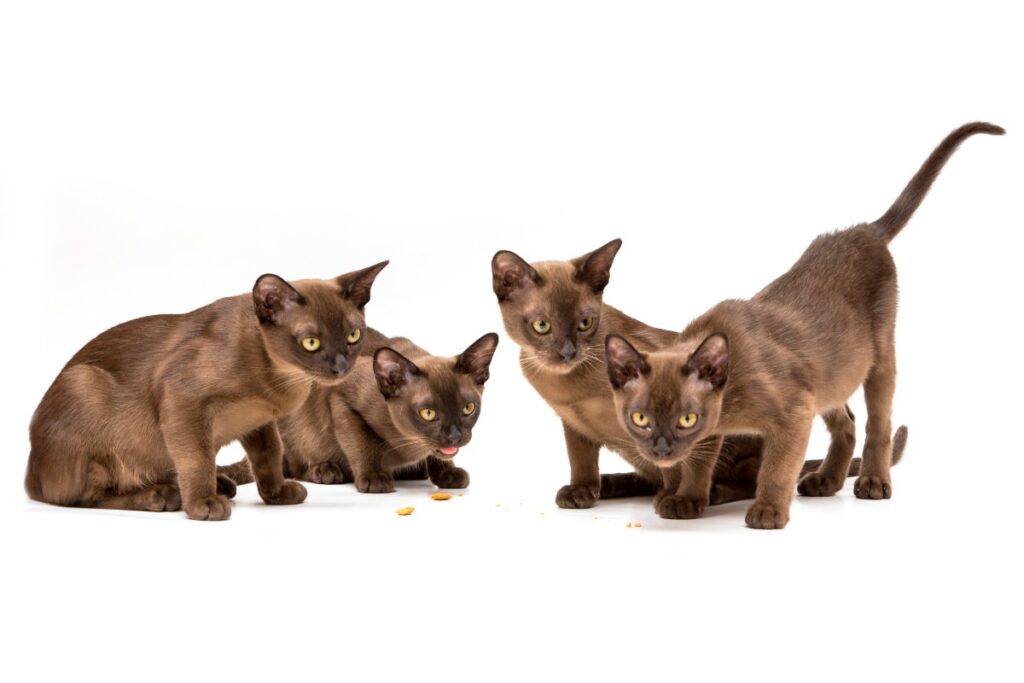
Burmese cats are one of the most popular cat breeds out there. They are cute to look at because of their rounded features: their nose, ears, and even their feet are all around. They are relatively short but do not be fooled by their physical appearance. When you pick up a Burmese cat, it will be extremely heavy.
This is because they are muscular and stocky, and despite their small size, they pack on quite a few pounds. Burmese cats have extremely shiny and soft coats, which are extremely pleasant to touch and look at. When you look at various Burmese cats, you will see some shading on their coat, darker around the edges.
So while brown is the main color in which Burmese cats are commonly found, there is a wider range of colors considered acceptable for the breed today.
What is their history?
The Burmese cats have a bit of a unique and controversial history. Now traditionally, Burmese cats look very similar to Siamese cats. When a doctor in the 1930s brought a new cat called Wong Mau from Burma to the USA, many people told him that this was not a new breed but a Siamese cat hybrid.
However, the doctor was not ready to believe this, and by breeding his new cat with Siamese cats, he proved that the new feline was indeed not a Siamese. However, in the 1940s, it was discovered that the doctor’s cat, the original Burmese cat, was indeed not a pure Burmese cat, but it had partial Siamese blood in it! Because of this controversial discovery, Burmese cats were banned for a few years.
Still, after the Burmese Cats Association ensured the Cat Fancier’s Association that now only purebred Burmese cats would be called Burmese, they were unbanned and allowed at pet shows again.
Are Burmese Cats hypoallergenic?
Fortunately, Burmese cats are hypoallergenic. Now it is a bit important to understand why and how cats cause allergies in the first place. When cats shed their fur, this fur can get lodged in your airways, causing you to sneeze and cough and trigger cat-related allergies.
Like its close relative, the Siamese cat, Burmese cats are known not to shed a lot of furs. This is good news for people who are allergy-prone but want to own a cat. The Burmese cats are ideal pet options for people who have such sensitivities.
However, we would like to give a warning to all Burmese cat owners. If you feel like your Burmese cat is shedding a bit too much fur, this could be the sign of some serious disease your feline friend is suffering from. This is why you should immediately consult your vet if you see your Burmese cart shedding a lot of fur since this is not normal for them at all.
Can Burmese cats give you any allergies?
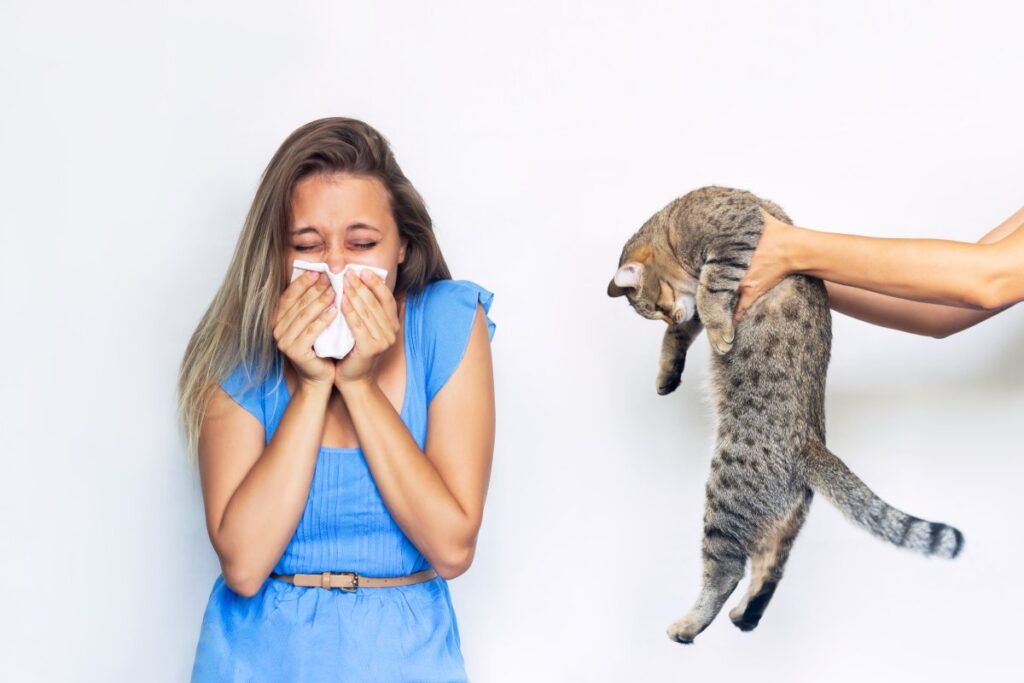
However, Burmese cats are not completely allergy-free. We call Burmese cats and Burmese kittens hypoallergenic because they do not contribute to the most common source of cat-related allergies: shedding their fur. However, Burmese cats still have dander. Dander refers to the small flakes on their skin.
Secondly, the saliva of Burmese cats contains proteins that could trigger an allergy in you. You need to be particularly aware of dander and saliva from Burmese cats if you have skin conditions such as eczema. Try not to have too much direct physical contact with Burmese cats, and do not let them lick you.
How much maintenance do Burmese cats need?
Luckily, Burmese cats do not require a lot of maintenance. This is linked to the point we have mentioned above about them not shedding a lot of fur. Burmese cats like to maintain themselves and stay clean by constantly licking themselves.
This reduces the need for bathing them, and we suggest you only bathe them if they appear especially soiled. However, use a good shampoo and brush their coat regularly to stay healthy and retain their natural characteristic of not shedding too much fur.
How do I reduce the risk of allergy through training?
One way to reduce allergies caused by Burmese cats is to train them in particular ways. The first is not to let them develop the habit of licking you since licking exposes you to their saliva. The second step is to ensure that your Burmese cats stay indoors and not go out too much.
If they develop the habit of playing outdoors, they are more likely to bring in allergy-causing germs. Lastly, get them potty trained as soon as possible. This will ensure that they urinate and defecate in their litter box only, preventing you from being exposed to the germs in these.
How do I reduce the risk of allergy through other means?
Other than training your Burmese cats, another way to completely minimize the risk of allergies from Burmese cats is to invest in equipment that can clean their fur and dander from the air in your house. This includes investing in HEPA filters and other air purifiers that ensure that the atmosphere in your house is always clean and fur-free.
You can also reduce the number of rugs and carpets in your home since these surfaces cause fur and dander to become stuck to them. Taking these measures will act as an extra precaution and ensure that even if your Burmese cats shed a little bit now and then, it does not trigger any allergy in you.
We hope that our guide on Burmese cats helped you understand why they are labeled as hypoallergenic. These cats are great pets to have, particularly if you or a family member are allergy-prone since this is one of the few cat breeds that poses the least risk of allergy. So if you have any Burmese cats for sale, we would seriously recommend you to consider buying one.

